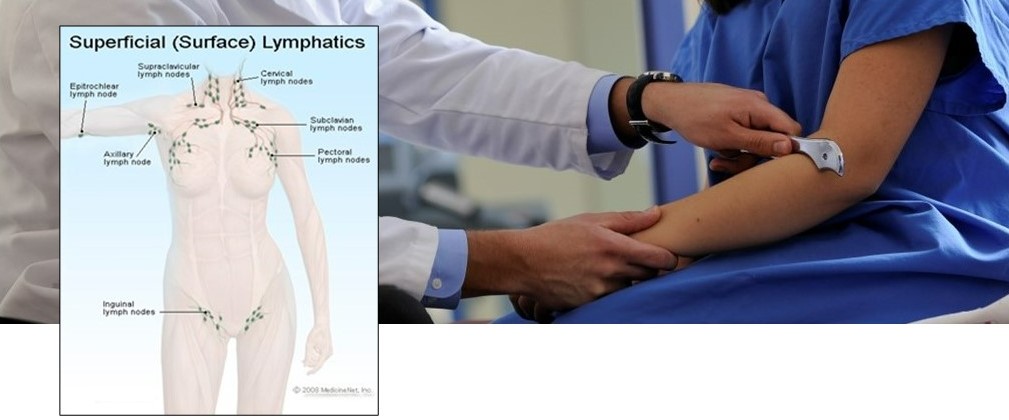This past week, we had nine exams….it was challenging and exhausting. All exams (including those online proctored) are now on campus; thus, it has been a transition for us to adapt to a full course load with exams sprinkled throughout the day. Phase II includes courses that are more hands-on and clinically based, such as Physical Diagnosis taught by Dr. Jourdan and Dr. Chromey’s Diversified Technique. During our Physical Diagnosis early assessment, we partnered with a classmate and performed vitals, a head & neck exam, an eye exam, and an ESNT evaluation. Vitals includes assessing height, weight, temperature, pulse, respirations, and blood pressure. The Head & Neck exam entails inspecting and palpating the cranium, as well as assessing the TMJ, lymphatics, thyroid gland, and auscultating the Carotid vessels.

When assessing lymphatics, it’s crucial to palpate lymph nodes for and evaluate tenderness, mobility, texture, and location. During acute nonspecific lymphadenitis, lymph nodes are enlarged and tender. This can be due to neutrophils infiltrating about the infected follicles and accumulated within the lymphoid tissues. Increased tenderness of a node indicates inflammation. During a chronic non-specific lymphadenitis, nodes should be non-tender since nodal enlargement occurs slowly over time. Evaluation of lymph nodes is crucial as the harder the node and more discrete, the more likely it is to be malignant. Nodes that are also fixed to surrounding tissue (non-mobile) could indicate long-term chronic inflammation or malignancy. A palpable supraclavicular node on the left is a significant clue to a thoracic malignancy. Hodgkin’s lymphoma is a cancer that affects the lymphatic system causing white blood cells to grow uncontrollably, yielding swollen lymph nodes throughout the body. Assessing lymph nodes can better help understand an individual’s health and identify malignancies to be treated as soon as possible.
Find out more about National University’s Doctor of Chiropractic program here.





0 Comments